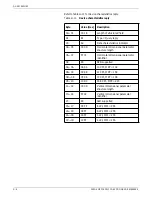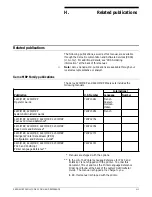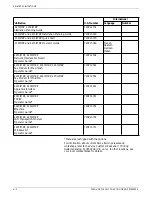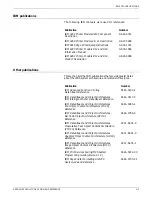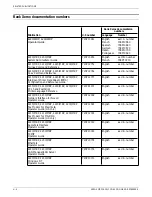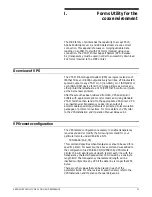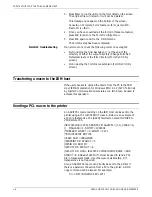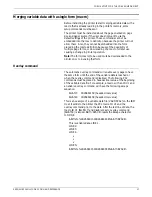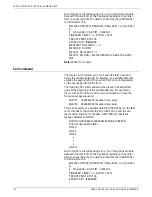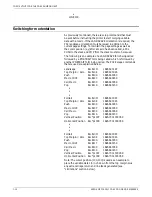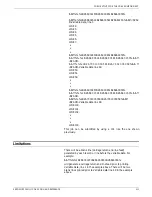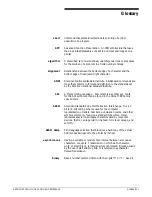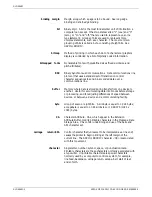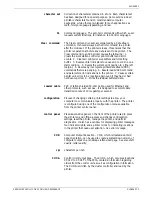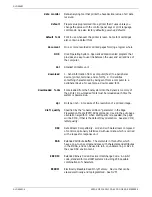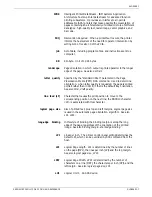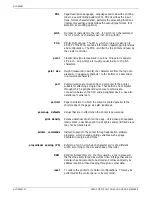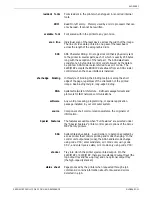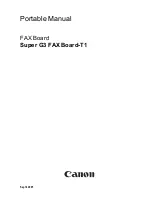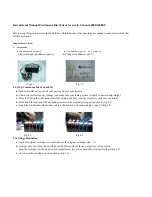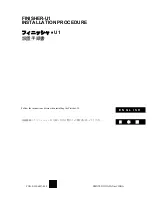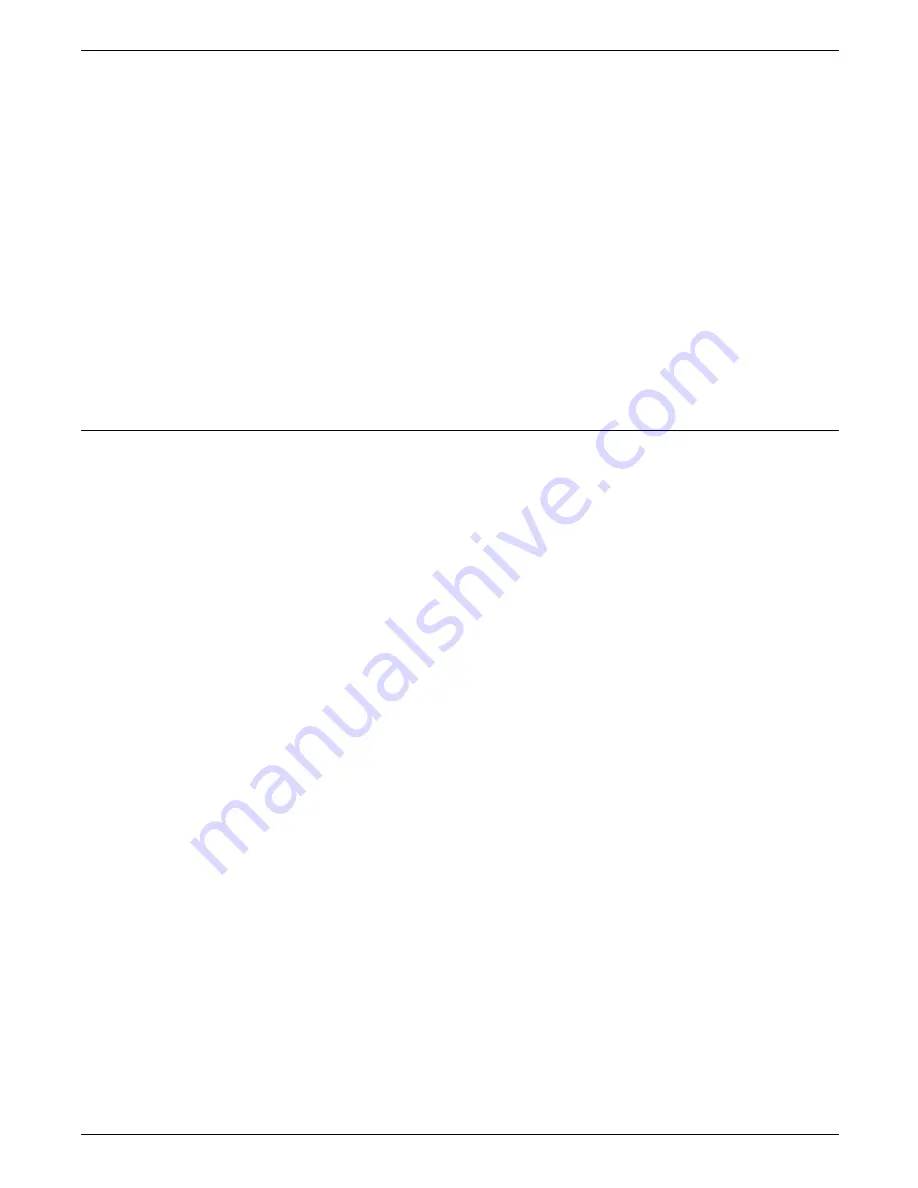
FORMS UTILITY FOR THE COAX ENVIRONMENT
Once this job is submitted using a JCL, it will merge this variable
data with the macro ID #1 that is already residing on the printer.
Here is an example of a JCL used to submit the job (VARDATA2)
to VPS Remote 156.
//JK12345 JOB (XXX),'SENDDAT',MSGLEVEL = (1,1),CLASS =
A,
//
MSGLASS = X,NOTIFY = JK34334
/*JOBPARM LINECT = 0, ROOM = 3231
/*ROUTE PRINT RMT156
// EXEC PGM = IEBGENER
//SYSPRINT DD SYSOUT = X
//SYSIN DD DUMMY
//SYSUT2 DD SYSOUT = J
//SYSUT1 DD DSN = JK12345.EBCDIC.VARDATA2,DISP =
SHR
Note: SYSOUT=J is used.
Call command
The macro call command will only invoke the form once and
merge the variable data with it. Therefore, any variable data that
exceeds the page length of the desired form will print separately
on the next page without the form.
The following PCL commands must be placed in hexadecimal
value at the beginning of the variable data file. For example, a
macro with an ID #1 and a call macro command will have the
following escape sequence:
Esc&f1Y
1B26663159 (hexadecimal value)
Esc&f3X
1B26663358 (hexadecimal value)
This is an example of a variable data file (VARDATA2) on the IBM
Host. It sends to the printer the PCL macro ID #1 and the call
macro command prior to the data. &&??<SPACE> resets the
Escape character to NONE.
&&??%%%1B266631591B26663358%&&??<SPACE>
This is variable data, LINE 1.
LINE 2.
LINE 3.
LINE 4.
•
•
•
LINE N.
Once this job is submitted using a JCL, it will merge this variable
data with the macro ID #1 that is already residing on the printer.
Here is an example of a JCL used to submit the job (VARDATA2)
to VPS Remote 156.
//JK12345 JOB (XXX),'SENDDAT',MSGLEVEL = (1,1),CLASS =
A,
//
MSGLASS = X,NOTIFY = JK34334
/*JOBPARM LINECT = 0, ROOM = 3231
/*ROUTE PRINT RMT156
// EXEC PGM = IEBGENER
I-8
XEROX MRP FAMILY COAX COMMAND REFERENCE



